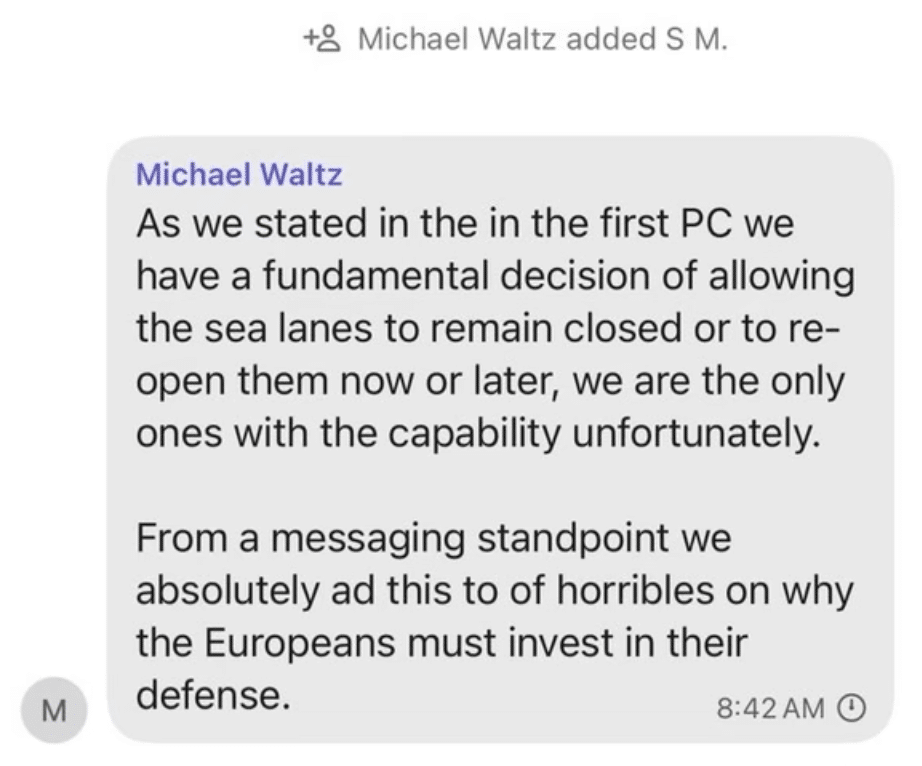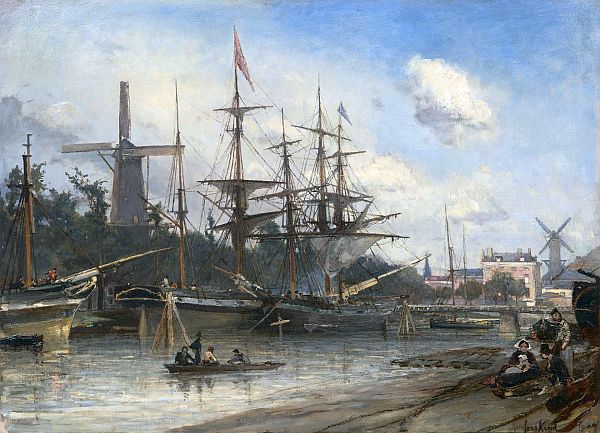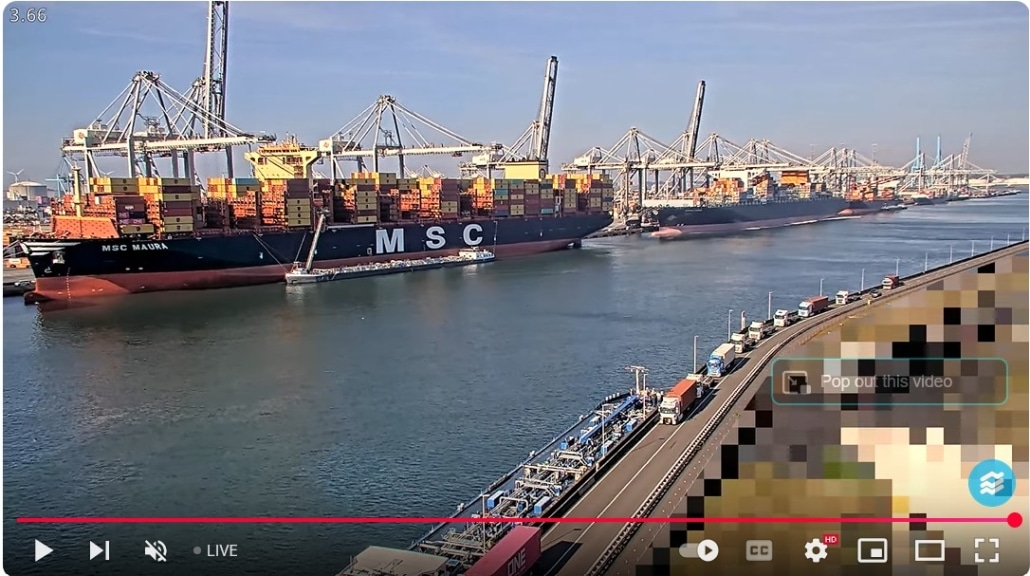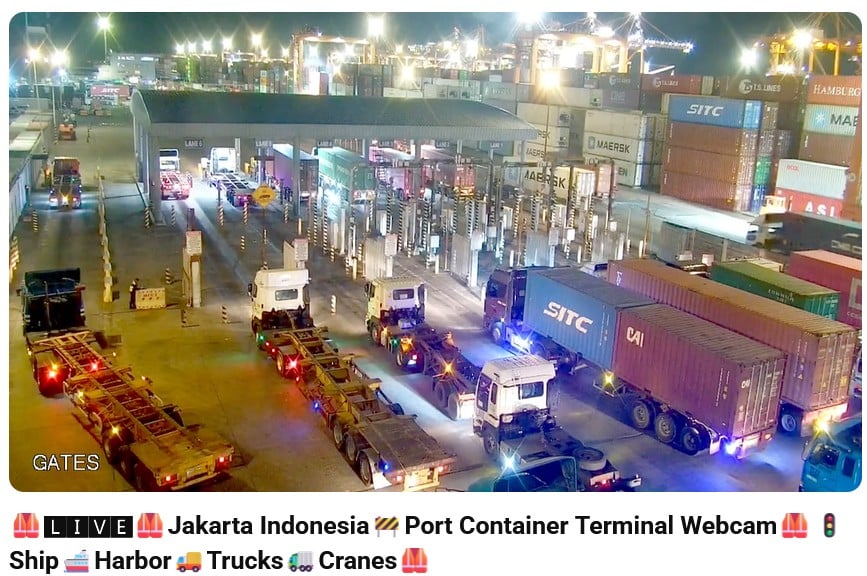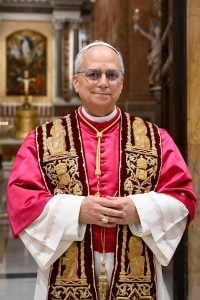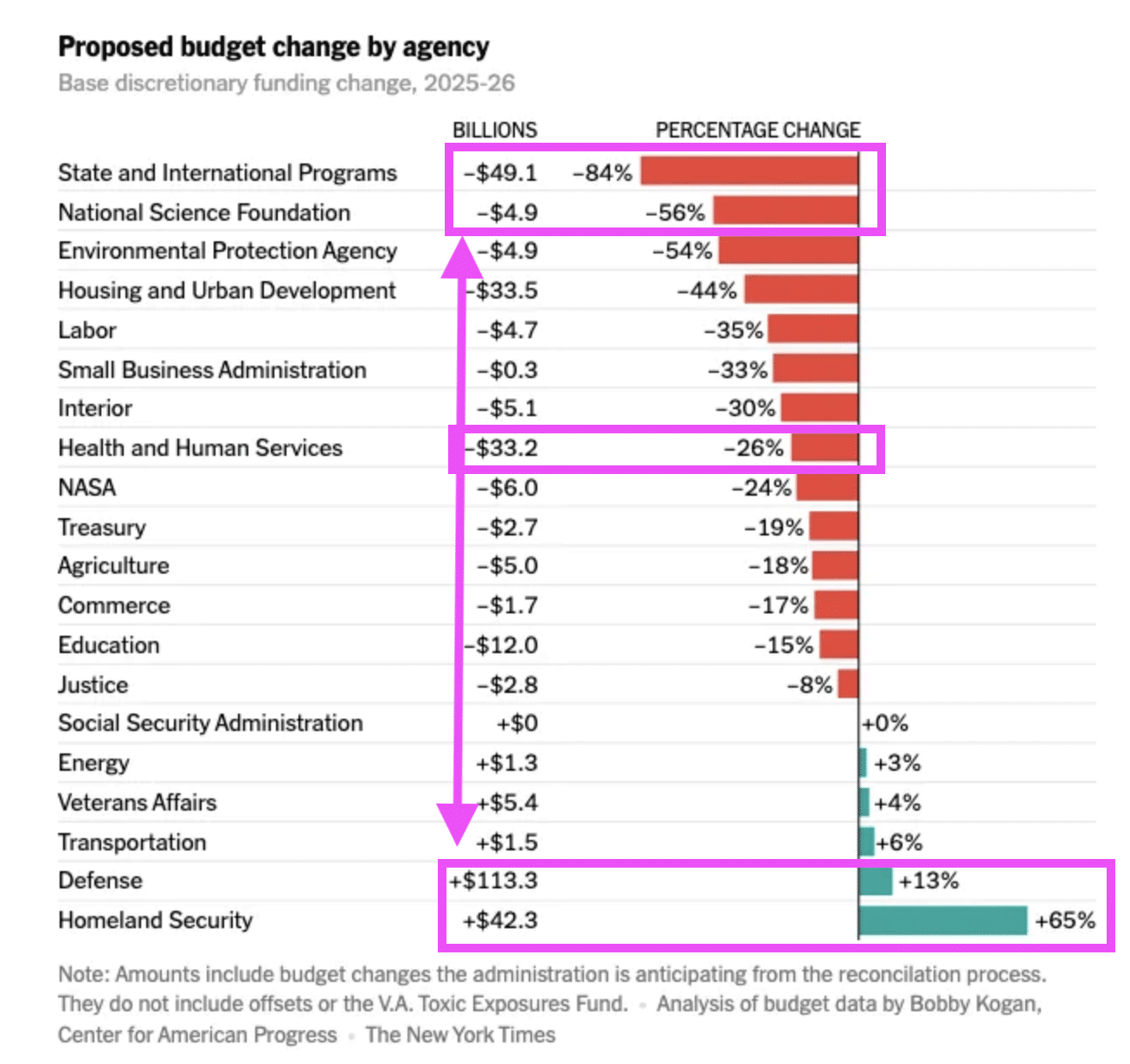Trump’s Mob Understands “Skeezy” Better than the Corruption Beat Journalists
Four days before old man Joe Biden dropped out of the race last summer, I argued that the endless discussion of Joe Biden Old was swamping three far more important stories, starting with whether Donald Trump was a partner, agent, or employee of Saudi Arabia.
[W]e are two days into Trump’s nomination party, and no one has asked — much less answered — whether Donald Trump is a business partner, paid foreign agent, or merely an employee of Saudi Arabia.
This is not a frivolous question. Since Trump left office, his family has received millions in four known deals from the Saudis:
- A deal to host LIV golf tournaments. Forbes recently reported that Trump Organization made less than $800K for about half the tournaments it has hosted. But Trump’s role in the scheme has given credibility to an influence-peddling scheme that aims to supplant the PGA’s influence. When Vivek Ramaswamy learned that two consultants to his campaign were simultaneously working for LIV, he forced them to resign to avoid the worries of influence-peddling. Yet Trump has continued to host the Saudis at his properties.
- A $2 billion investment in Jared Kushner’s private equity firm, in spite of the fact that analysts raised many concerns about the investment, including that he was charging too much and had no experience.
- A deal to brand a property in Oman slated to open in 2028, which has already brought Trump Organization $5 million. The government of Oman is a key partner in the deal, signed with a huge Saudi construction firm.
- A newly-announced deal with the same construction firm involved in the Oman deal, this time to brand a Trump Tower in Jeddah.
These Saudi deals come on top of Trump’s testimony that Turnberry golf course and his Bedford property couldn’t be overvalued because some Saudi would be willing to overpay for them.
But I believe I could sell that LIV Golf for a fortune, Saudi Arabia. I believe I could sell that to a lot of people for numbers that would be astronomical because it is like — very much like owning a great painting.
[snip]
I just felt when I saw that, I thought it was high. But I could see it — as a whole, I could see it if this were s0ld to one buyer from Saudi Arabia — I believe it’s the best house in the State of New York.
And while Eric Trump, not his dad, is running the company, Eric also has a role in the campaign and his spouse Lara has taken over the entire GOP.
Trump never fulfilled the promises to distance himself from his companies in the first term. A very partial review of Trump Organization financial records show the company received over $600K from the Saudis during his first term. As far as I’m aware, no one has even asked this time around.
Which means as things stand, Trump would be the sole beneficiary of payments from key Saudi investors if he became President again. Trump would be, at the very least, the beneficiary of a business deal with the Saudis, as president.
Admittedly, under the Supreme Court’s latest ruling on gratuities, it might be legal for Trump to get a bunch of swank branding deals as appreciation for launder Saudi Arabia’s reputation (one of the things for which Menendez was just convicted).
But that doesn’t mean it should be ignored, politically. It doesn’t mean American voters shouldn’t know these details. It doesn’t mean journalists (besides NYT’s Eric Lipton, whose most recent story on this was buried on page A7) shouldn’t demand answers.
It was, frankly, dizzying when I reread that post (and this one from election day, which added several more questions, including who was bribing Trump via Truth Social and his other online businesses) this morning. As we watch Trump (and Elon Musk) cash in in Saudi Arabia before Trump heads to Qatar to collect a $400 million flying bribe, self-imagined journalists are still obsessing about Joe Biden Old.
It may help to explain why this clear evidence of corruption was buried during the election that Eric Lipton, whose reporting was buried beneath all the Joe Biden Old stories, claimed the other day that “corruption requires explicit quid quo pro,” inverting the relationship between corruption (which includes a broad range of activities, much of it legal, of which the common understanding of bribery is a subset, of which John Roberts’ far narrower definition of bribery is a smaller subset of that subset) and bribery.
Just as alarming, though, Lipton pitched what is at least the fourth major story about the corruption of Trump’s memecoin (Molly White was onto this three weeks ago, and remains on it) with a purported contrast. Trump’s memecoin is no “Russian Hoax,” Lipton claimed, repeating Trump’s propaganda term unquestioningly.
I guess if you believe pardoning four of the five people adjudged to have lied about Russia — about the terms of the impossibly lucrative Trump Tower deal negotiated during the election, about the foreknowledge of Russia’s help in the election, about whether Trump’s campaign manager shared campaign strategy in exchange for a commitment to carve up Ukraine, about the terms via which Trump’s rat-fucker got early access to stolen Podesta files, and about whether Trump was involved in his National Security Adviser’s attempt to undercut punitive sanctions on Russia — is a hoax, then you’re bound to have a very constrained understanding of corruption.
This is NYT’s primary journalist covering Trump’s corrupt foreign entanglements, and he confesses he not only can’t explain the import of anything short of bribery, but doesn’t consider it corruption.
No wonder it got buried. No wonder Trump’s corruption continues to get buried under Joe Biden Old mania.
Joe Biden Old is easy enough even beltway scribes can claim to understand it, the purported scandal being that Biden’s aides didn’t publicly announce that they considered that Joe Biden Old might have to use a wheelchair in the future, in a second term, especially if he had a fall, but had not used one yet. That’s the kind of purported scandal the guardians of democracy infesting DC will chase like toddlers.
Remarkably, some of Trump’s most ardent supporters appear to better understand what Lipton claims he does not, how Trump’s overt corruption can harm America.
After ABC advanced the story of the $400 million flying castle Trump is set to take from Qatar, I tried to make some trouble on Xitter, describing Trump’s corruption in ways that might bother even MAGAts.
Just hours later, Laura Loomer posted a racist tweet objecting to the deal.
Loomer did attempt to walk back her statement, disclaiming corruption on Trump’s part, but she did get the import of appearances right.
Ben Shapiro got even closer to my prompt (while matching Loomer’s racism), arguing that accepting this plane was inconsistent with Trump’s claimed ideology of America First.
Taking sacks of goodies from people who support Hamas, Muslim Brotherhood, al-Jazeera, all the rest, that’s not America first. Like, please define America first in a way that says you should take sacks of cash from the Qatari royals who are behind al-Jazeera. It just isn’t America first in any conceivable way. So back to the original question — is this good for President Trump? Is it good for his agenda? Is it good for draining the swamp and getting things done? The answer is, no. It isn’t. It isn’t. If you want President Trump to succeed, this kind of skeezy stuff needs to stop. And here’s the thing, it’s already having an impact. It’s already having an impact.
Even in Congress, people are expressing their opposition on various grounds. Rand Paul complained about the look of it. Ted Cruz invoked the same concerns about Qatar’s ties to Hamas as Loomer and Shapiro.
NYT’s story on the plane, “Trump’s Plan to Take Jet From Qatar Heightens Corruption Concerns,” by Charlie Savage, situated it within all the other corrupt things Trump has done (and it’s a good catalog). But it mostly presents the risk of corruption in terms of benefit to Trump, not the corruption of US policy choices. Lipton’s piece on a Chinese firm with no revenue but with ties to TikTok and the Chinese government, dumping $300 million into Trump’s memecoin, discusses an ethical conflict, but doesn’t ever get around to considering the possibility that Trump will put China’s interests above the interests of any Americans, interests that go well beyond TikTok.
The purchase would create clear ethical conflicts, enriching Mr. Trump’s family at the same time that the president tries to reach a deal that would allow TikTok to keep operating in the United States rather than face a congressionally approved ban.
You want deception of far graver import than the non-disclosure of future, hypothetical wheelchair use? Donald Trump sold himself promising that he would deliver on the interests of American white working class people (or at least American white working class Christian men). But the more important sales deal was happening behind the scenes (or at least, in business deals reported in stories buried beneath dozens of stories on Joe Biden Old), where Trump was selling autocrats overseas and fraudsters around the world on a promise that dismantles not just the spirit of democracy, but even the very commitment to it.
And all that’s before the stuff we don’t yet know, whether all the things that Trump has done that helped China, like dismantling America’s soft power and chipping away at the dollar, were done because Trump is stupid or because he’s corrupt.
I’ve obviously been struggling for a long time about our failure to convey Trump’s corruption in terms that really resonate to the people he’s defrauding (and yes, my suspicions that appealing to racism might do the trick were not disappointed; it’s an insight Peter Pomerantsev develops in his How to Win an Information War). Everything Trump does is corrupt. And that corruption — whether it involves Elon Musk or Qatar or Putin — has a very detrimental effect even on the most committed MAGAt. But they’re not going to care that Trump, their liege, gets an unfair benefit. They’re going to care if the targets of their bigotry benefit or something is unfairly taken away from them.
Until we learn how to describe that, we’ll be missing a key element of the fight to get people, from all parties, to fight for democracy.




